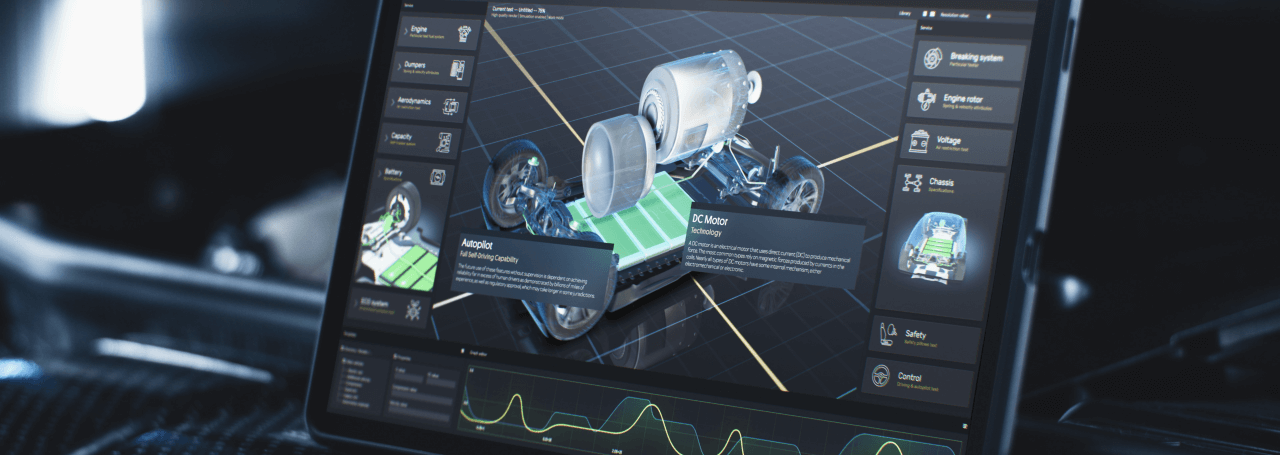Mounting a Thin-Film Transistor (TFT display) is a task that goes beyond simply fitting a component into an enclosure. The precision and planning involved directly impact the product’s reliability and the end-user’s perception of quality. A display is the visual centerpiece of any device; any imperfection will be noticed immediately. This guide outlines practical mounting methods, addresses common mistakes, and offers tips for a professional and durable design.
Different types of mounting techniques
The choice of mounting method depends on the application, materials, and required durability.
- Mechanical mounting. Common front mounting in industrial and automotive applications, this technique uses precision brackets and a mounting frame to hold the display. CNC machining of the mounting frame is critical to prevent uneven pressure, which can cause visual defects known as “Mura.” The benefit of this approach is its serviceability and durability.
- Panel mounting. With this method, the display is mounted from the rear of the front panel using screws or a clamping system. This provides a clean, professional aesthetic from the front of the device.


Mounting touchscreens to the housing bezel
Adding a touchscreen complicates mounting. The display is no longer just a passive component; it becomes an interactive interface, and every millimeter of tolerance starts to matter.
The touchscreen, typically a glass or film layer, must be aligned precisely with the bezel. Misalignment can cause unresponsive edges or even constant false touches if pressure points are introduced by an overly tight fit. For this reason, mechanical engineers usually work with detailed CAD drawings from the display supplier, where mounting holes, keep-out zones, and tail exit directions are clearly defined.
Importance of correct spacing
One of the most frequent mounting errors is incorrect clearance between the touchscreen glass and the bezel. If the fit is too tight, thermal expansion or mechanical stress may cause cracking. If it’s too loose, the display may shift when pressed, creating an imprecise and low-quality user experience.
The optimal spacing depends on the application, expected operating conditions, and the level of vibration or thermal cycling. As a guideline, engineers typically consider:
- consumer products: 0.5–0.8 mm minimum clearance;
- industrial equipment: 0.8–1.2 mm;
- automotive or outdoor use: 1.0–1.5 mm (to account for vibration and temperature extremes).
These ranges provide enough tolerance for assembly variation while ensuring the module remains both mechanically secure and functionally stable. Ultimately, the exact spacing should be defined during mechanical design and verified through prototyping.
Role of foam gaskets
Foam gaskets are essential for professional display mounting. They act as a buffer, compensating for mechanical tolerances and dampening shocks and vibrations.
The right gasket improves sealing against dust and moisture. For example, closed-cell polyurethane foams are ideal for dust resistance, while silicone foams are better for high-temperature applications. The foam’s compression ratio (typically 30-50%) must be carefully calculated to prevent excessive force on the display glass.
Cautions & tolerances
TFT modules are fragile. Bending forces on the PCB, torsion on the glass, or uneven clamping can cause catastrophic failure. Unlike many other electronic components, a display rarely “half-fails.”
- Never use the display itself as a structural element. Always mount it using its dedicated frame or brackets.
- Account for thermal expansion of materials. A bezel that fits perfectly at room temperature may exert dangerous stress at +70 °C.
- At least 1.0 mm clearance between the bezel edge and the display’s active area is recommended in designs exposed to thermal stress, vibration, or where the housing tolerances are not guaranteed to be tight (e.g., industrial devices, outdoor units).
- In less demanding environments such as consumer handhelds, smaller margins of 0.5–0.8 mm are commonly used. Even a minor distortion at the edges, caused by uneven pressure, will be immediately noticed as a “defect,” even if the electronics are fully functional.
| Application Type | Clearance to Active Area | Clearance to Viewable Area | Why it matters |
| Consumer electronics (phones, smart home, handhelds) | 0.5–0.8 mm | ~0.8 mm | Precise housings allow tight fit; looks clean and modern. |
| Professional / Office devices (medical tools, kiosks) | 0.8–1.0 mm | ~1.0 mm | Good balance of solid build and professional appearance. |
| Industrial equipment (factory panels, test units) | 1.0–1.2 mm | 1.0–1.2 mm | Extra space for thermal expansion and less precise housings. |
| Automotive / Transport (dashboards, infotainment) | 1.0–1.2 mm | ~1.2 mm | Must handle vibration, shocks, and temperature swings. |
| Outdoor devices (marine, agriculture, kiosks) | 1.2–1.5 mm | 1.2–1.5 mm | Requires margin for weather sealing, heat, and vibration; foam gaskets recommended. |
Tail considerations & cautions
One of the most overlooked aspects of TFT mounting is the treatment of the FPC tail—the flat cable that connects the display to the mainboard. This ribbon is thin and flexible, but it is not designed to be bent repeatedly or at sharp angles.
- Routing. Always provide enough clearance for the FPC exit path. Avoid bending the cable closer than 2-3 mm from the connector. A dedicated channel in the enclosure can prevent stress.
- ESD Protection. Handle the FPC with grounded tools and use antistatic wrist straps to prevent electrostatic discharge (ESD) damage to the driver IC.
- Serviceability. Ensure the FPC can be easily disconnected and reconnected for future repairs without risking damage.
By respecting tolerances, selecting the right materials, and planning for long-term reliability and serviceability, you can achieve a professional result. The best mounting job is the one that nobody ever notices.
Got a question about a specific mounting challenge? Our engineering team is here to help you find the most reliable solution for your project. Contact us.
DISCOVER OUR
Whitepaper
Achieve the perfect user-display interaction with the right Touch Sensor IC. Ever faced issues with phantom touch events or certification? Boost your R&D like a pro with our Whitepaper!



